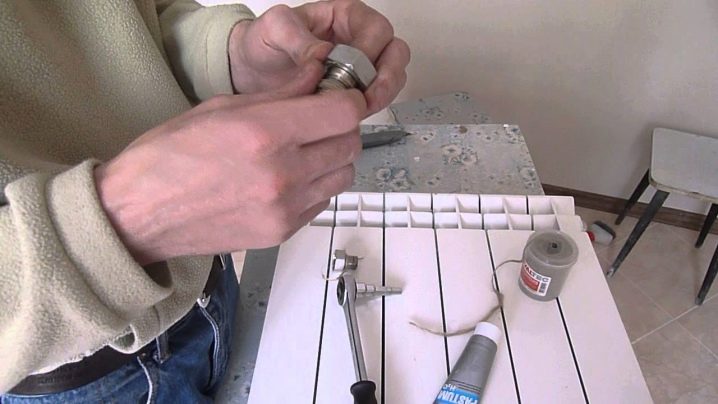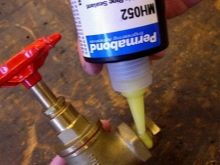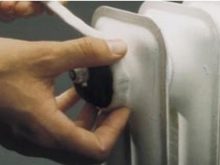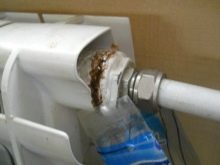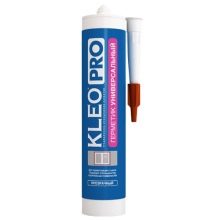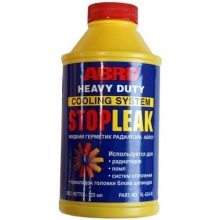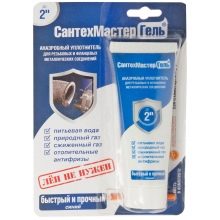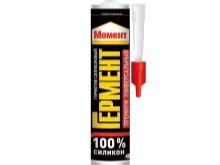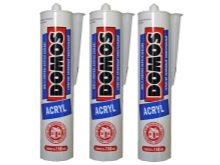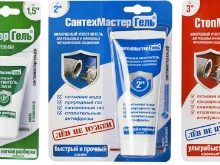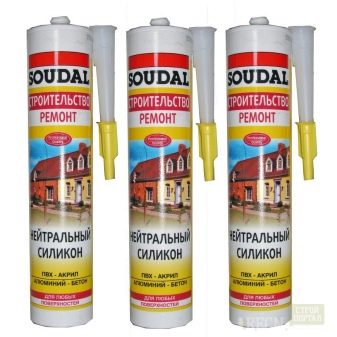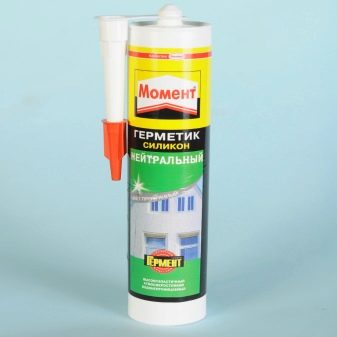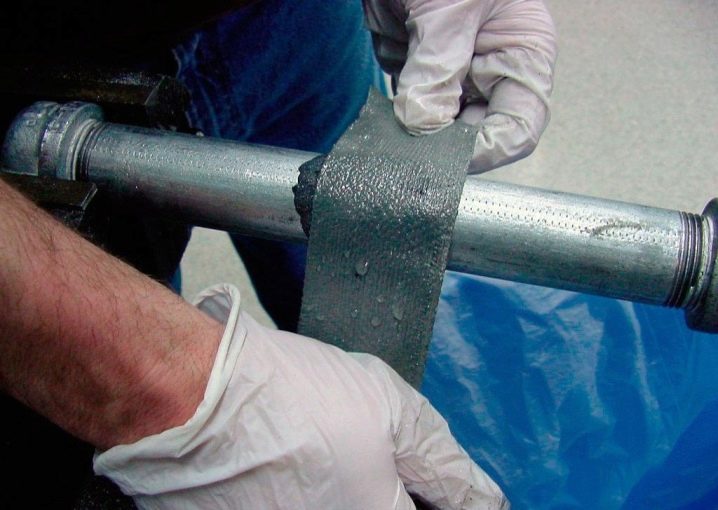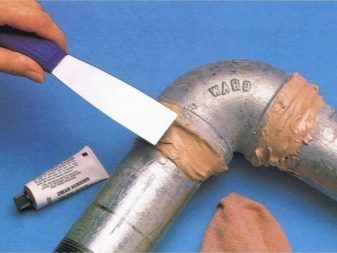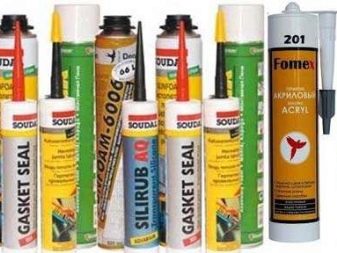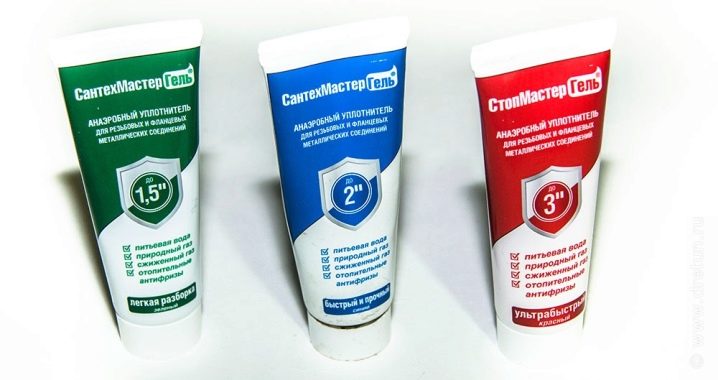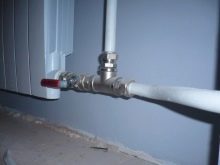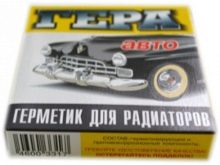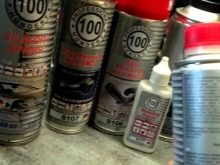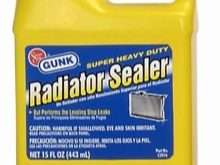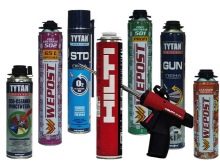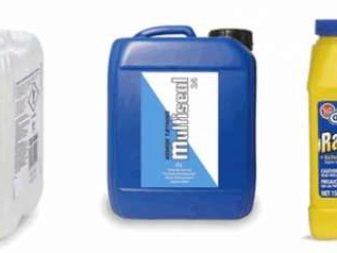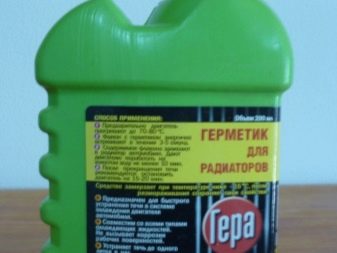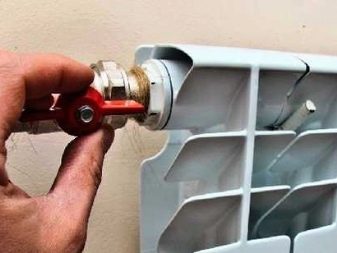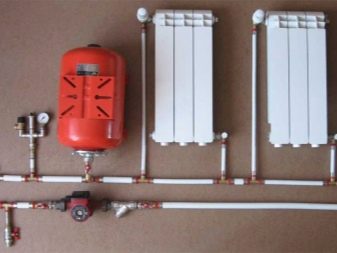Sealants for heating radiators: types and features of choice

Each heating system, regardless of quality, once fails and needs repair work. One of the most common causes of its failure is depressurization, which leads to leakage. In order to eliminate such defects, a special material for heating utilities, called sealant, is popular.
Requirements
Such material as a sealant is needed not only to eliminate leaks on installed systems. It is used to assemble after purchase or bulkhead sections, or to carry out repairs. This substance ensures the tightness of the joints of all joints. It is resistant to high temperatures and at high heating temperatures the leaktightness will not be affected.
Nowadays there are many types of sealants on the market. All of them can be used for a separate purpose. And this can only mean that choosing the right type for heating is significantly complicated. If you do not want to make a mistake when choosing a substance, then you should learn the basic requirements for a sealant for heating.
An insulator that will be used to seal joints or to eliminate leaks on heating systems, must meet the following requirements:
- It must have a high resistance to high temperatures.
- Also resistant to the possible strain load type.
- They are not afraid of exposure to moisture and can easily carry it.
- And it is obliged to withstand possible temperature drops in the system.
It is material with such compliance that is ideal for eliminating leaks and sealing the system.
Species
Sealants are divided into varieties by scope, as they have different compositions.
They are of the following types:
- For outdoor use, it is applied to the leak and after it freezes, the leak is removed and the heating system becomes airtight again.
- For internal use, most often in liquid form, they are poured into the system, and it finds under pressure the place of the defect and eliminates it from the inside.
- Sealing view, which is used to strengthen the joints of the system and thus achieve tightness.
The type of sealant produced, depending on the degree of damage, the availability of the site of damage for repairs.
Sealants for outdoor use are both from one component and from two. And since the fluid in the system can be not only hot, but also under pressure, it is necessary to eliminate leakage qualitatively. Outdoor sealant must be resistant to high temperatures. Such a pointer can be read on the packaging of the substance.
Also, sealants are divided into components.
Popular sealants based on such substances:
- silicone;
- acrylic glue;
- rubber and aerobes.
For such purposes, it is not recommended to use an exterior sealant based onWhich is acrylic, as it is used and intended for use on cold water systems.And for systems of heating or hot water supply acrylic glue is not suitable. It is not suitable for the reason that after it is applied to the surface, it kamenet and, therefore, is not plastic and with increasing temperature begins to collapse.
For systems of heating and hot water supply, an exterior sealant based on silicone or rubber is ideal.
Such compounds can be from different types of silicone, but for the heating system it is recommended to use a sealant with neutral types of silicone. And if the silicone sealant with acids is used, then after it hardens, it will start to react with the metal.
If this material fully meets all the necessary requirements, it is still better to use it with the use of additional hermetic means. Basically, these sealants are made to fill cracks and holes. And if the packaging indicates another area of use, but it is suitable for all requirements for the heating system, then it can also be used for the system.
For example, a type of sealant, which is designed to seal automotive engines, is ideal for sealing heating.
When applying the composition of the required type to the place of leakage, it is recommended to use a special reinforcing mesh.
How to choose?
It is important not just to choose a sealant for the radiator, but heat-resistant options for eliminating leaks. If you notice that somewhere at the battery leaks joint, you need to decide what kind of sealant will help, and reviews can help in this matter.
The choice of sealant is carried out, starting from the tasks that it must solve to eliminate leaks in the heating system. If it will be used to seal the joints of the heating system, then a paste-type silicone sealant is perfect for these cases.
It can be a drying and non-drying option.
Differences sealants may be as follows:
- Drying compounds. Once applied to the surface of the composition dries, it has the ability to shrink, but it happens if the drying technology is broken. Thus, the deformation of the composition may occur, cracks and drips will appear.
- Drying compounds. Ideal for removing small cracks and can also be used to seal the joints of a heating system.But such compounds can be squeezed out if the pressure in the system exceeds the normal value.
Compositions based on aerobes, which are considered a kind of acrylic sealants, in some situations, are used to eliminate defects and leaks on heating. This type of sealant is capable of withstanding temperature fluctuations, resistant to mechanical stress and resistant to the effects of alkali and acid solutions. If it is applied to the place of the defect, then it quickly fills the flaw and dries out.
It can be used to seal the threaded connection of the heating system, but if you later remove this or that section of radiators, it will be difficult.
Application
It is clear to everyone that if the heating system is of a hidden type and is located behind a layer of finish, then in case of leakage it is not always possible to use sealant for external use. For such cases, invented sealant for internal use, which must be poured into the heating pipe system.
There are such situations that a heating system leak suddenly appeared., and it needs to be fixed in a short period of time,but there is no sealant at hand with suitable characteristics. In this situation, you can use automotive sealant. Or sealant for automotive radiators.
But in order to put it on the surface, it is necessary to carry out preparatory work. They include the choice of composition, and it is carried out, starting from the type of use of the coolant. If you choose an inappropriate composition, this can lead to blockage of pipes in some places.
In our time, sealants for internal use are divided into such types at the place of use:
- Compositions for heating systems in which the coolant is water or antifreeze.
- Mixtures for sealing the joints of the heating system.
- Funds for boilers that run on solid fuel or gas.
Popular among liquid sealants today are the compositions of the German manufacturer. This composition performs a quality sealing of the heating system and does not affect the heating boiler in any way.
In order to use a liquid sealant for internal use, it is necessary to determine the appropriate concentration of the composition, since stopping and elimination of the leak point depend on it.In the event that about 80 liters of liquid flowed out of the system in a day, then for a qualitative elimination of the cause, 1 liter of the mixture is sufficient.
In order to determine the total volume of coolant in the entire system, it is necessary to calculate the footage of all pipes and their diameter, but, and you can do otherwise. Just drain the liquid into the container, which volume you know.
In order to eliminate possible leakage of the system during the operation of the heating liquid sealant, you need to pour into the system regularly. So, your system will not fail, but if the expansion tank has flowed, you will not be able to eliminate the defect in this way.
To use the composition in the heating pipeline, you must first bleed the air from the system. If this is not done, then under high pressure, the sealant will start to clog not only the leakage place, but can also stop the circulation of the coolant in certain areas.
In order for the sealant to freely circulate through the system, it is necessary to open all faucets. In the first radiator faucet must generally unscrew. After the process has passed, it is necessary to install a pump, and warm up the system to 60 degrees and pump up a pressure of 2 bar.
It is important not to forget to remove all mechanical cleaning filters before pouring the liquid sealant, if this is not done, the sealant will damage them.
The casting of the composition itself should be carried out according to the scheme:
- We collect 1.5 buckets of heated fluid, shake the sealant composition and add it to the buckets and quickly pump it into the system.
- Next, remove all the air from the heating system and the solution begins to circulate through the system.
It takes about 3 days to seal all damaged areas. After that, it is necessary to press into the system of pressure and make sure of the quality of sealing.
For information on how to fix a heating system leak with a sealant, see the following video.
